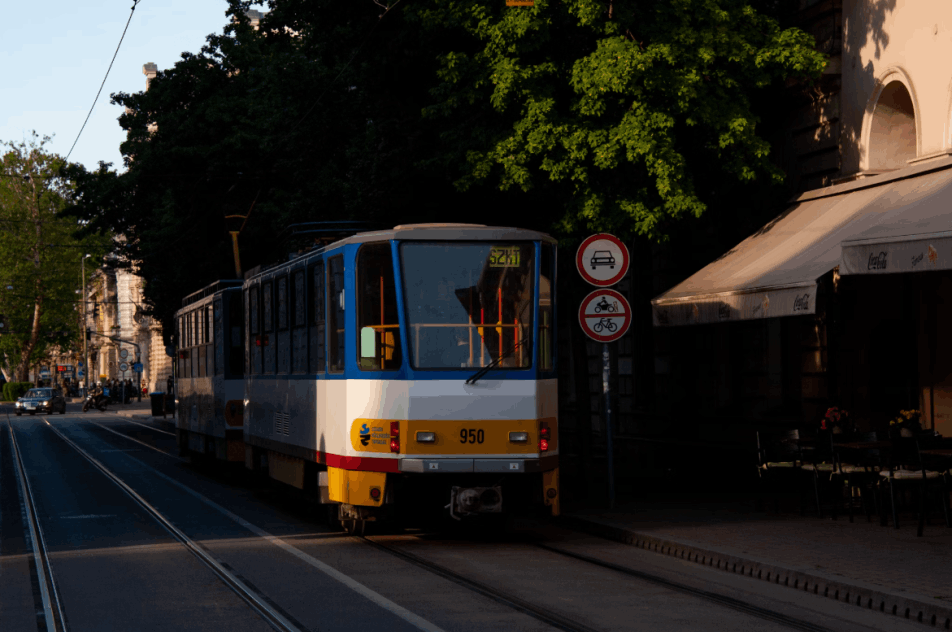The Future of Public Transit in Germany
Germany’s public transportation is evolving, and the hvv network is leading that evolution. City planners and mobility experts are looking ahead to create even more efficient, inclusive, and green systems.
Digital technologies now allow riders to access real-time data, making travel more predictable. Integration with maps and time-saving algorithms helps commuters plan around delays and optimize their routes.
Environmental consciousness continues to guide development. Electrified hvv railways and low-emission vehicles support the nation’s climate goals. The aim is not just better transport—but a better planet.
The Hvv Ticket system may see further simplification, especially for tourists and newcomers. With multilingual interfaces and intuitive kiosks, travel will be more welcoming for international guests.
Universal access remains a key goal. New train cars are being designed with wider aisles, braille signage, and better seating for the elderly. Enhancements to hvv by trail infrastructure ensure that even remote communities are not left behind.
The hvv Deutschlandticket might evolve into a flexible subscription, adapting to modern working patterns, including remote jobs and hybrid schedules.
With investments in hvv de railways, Germany is setting an example of how mobility can shape a more connected, sustainable future.
